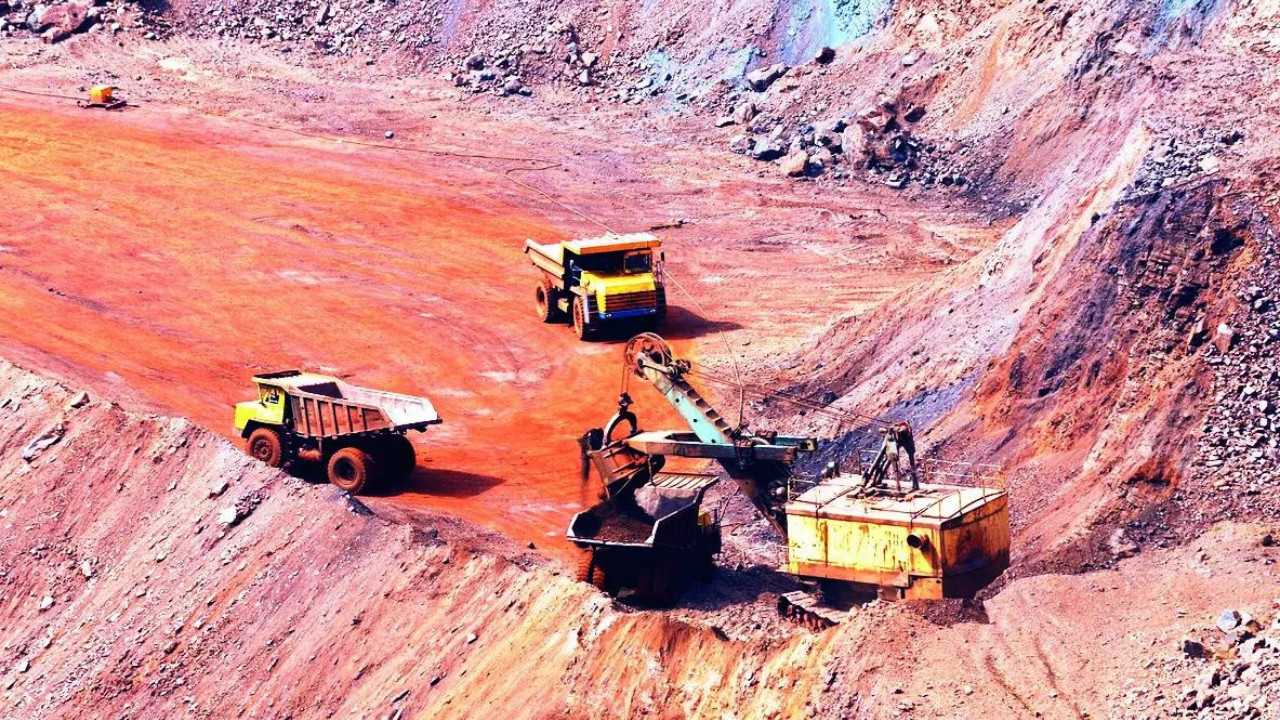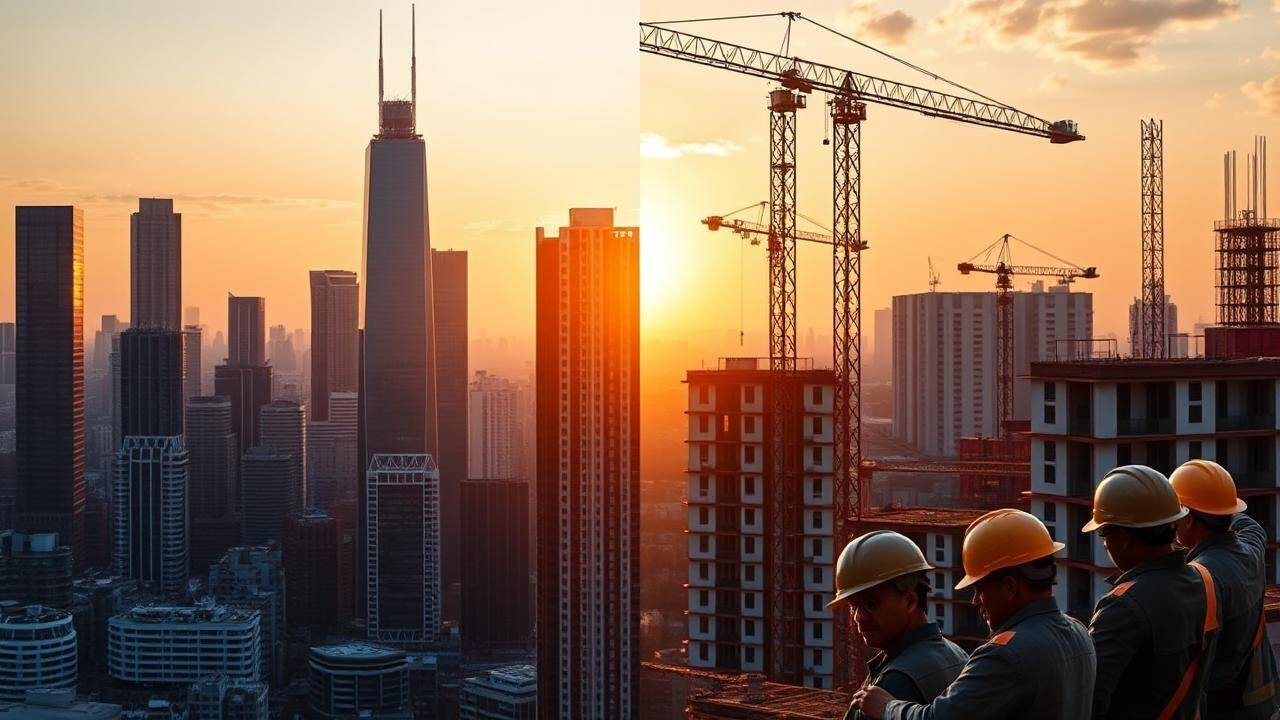China’s export restrictions on rare earth magnets have created supply chain challenges for Indian industries, particularly electric vehicle manufacturers. The Indian government is actively addressing these disruptions through consultations and efforts to strengthen critical mineral supply chains. Bilateral agreements with mineral-rich nations and KABIL’s initiatives aim to diversify sourcing and secure alternative supply channels.
The Rare Earth Puzzle: Can India Solve the EV Supply Chain Challenge?
The electric vehicle (EV) revolution is charging ahead, promising cleaner streets and a greener future. But powering this revolution relies on a group of elements most people have never heard of: rare earth elements (REEs). And the complexities surrounding their supply are starting to throw some serious sparks. Recent rumblings in global trade, specifically China’s export restrictions, are putting pressure on industries worldwide, and India’s EV sector is feeling the heat. The question isn’t if this will impact India, but how India will adapt and secure its future in the booming EV landscape.
The Shadow of China’s Export Controls
China currently dominates the rare earth market, controlling a significant portion of both mining and processing. This near-monopoly has given them considerable leverage. News of tightened export controls on REE processing technologies has sent ripples through the EV industry, as these elements are vital components in electric motors, batteries, and other crucial EV technologies. It’s like owning the only key to a treasure chest – everyone needs the key to unlock the treasure, but only you control who gets it.
The potential consequences are clear: disruptions to the supply chain, increased costs for EV manufacturers, and slower adoption rates. For India, which has ambitious plans to become a major player in the global EV market, this poses a significant challenge. Dependence on a single supplier creates vulnerabilities, and any disruption can have a cascading effect throughout the entire industry.

India’s Search for Rare Earth Independence
Recognizing the strategic importance of REEs, India is actively seeking to diversify its supply chain and reduce its reliance on China. This involves a multi-pronged approach, including exploring domestic resources, forging partnerships with other countries, and investing in processing technologies. India possesses deposits of rare earth elements, but extracting and processing them efficiently and sustainably requires significant investment and technological expertise.
The government is actively encouraging private sector participation in the REE sector through policy reforms and incentives. This push aims to create a more competitive and robust domestic industry capable of meeting the growing demand from the EV sector and other strategic industries. Think of it as nurturing a homegrown champion, capable of competing on the global stage.
Forging New Alliances to Secure Rare Earth Supplies
Beyond developing its own resources, India is also actively seeking collaborations with countries like Australia and the United States, which also possess significant REE reserves. These partnerships could involve joint exploration projects, technology transfer agreements, and long-term supply contracts.
Australia, in particular, represents a promising avenue for collaboration. The country boasts substantial REE deposits and is looking to diversify its export markets. A strategic alliance between India and Australia could create a more resilient and geographically diverse supply chain, reducing dependence on any single source. This cooperative approach is essential. No one country can solve this alone.
The Road Ahead: Navigating the Rare Earth Challenge
India’s path to securing its REE supply is not without its hurdles. Developing domestic mining and processing capabilities requires significant investment, environmental considerations, and technological innovation. Furthermore, navigating the complex geopolitical landscape and forging successful partnerships requires careful diplomacy and strategic planning.
But the potential rewards are immense. A secure and diversified REE supply chain will not only bolster India’s EV industry but also strengthen its overall manufacturing sector and enhance its strategic autonomy. It’s about building a foundation for long-term sustainable growth and ensuring that India can compete effectively in the rapidly evolving global economy. Securing rare earth supplies is crucial for India’s global manufacturing goals. This situation is also very similar to the semiconductor shortage, which can be studied further in this article about [India’s Semiconductor Dreams](insert internal link here).
The recent developments underscore the importance of proactive and strategic action. By investing in domestic capabilities, forging international partnerships, and promoting innovation, India can overcome the rare earth challenge and emerge as a leader in the global EV revolution. It’s a complex puzzle, but one that India is determined to solve.
Conclusion: A Strategic Imperative
The global scramble for rare earth elements is a stark reminder of the interconnectedness of the modern economy. For India, securing a stable and diversified REE supply chain is not just about powering electric vehicles; it’s about securing its economic future and asserting its strategic independence. The steps taken now will determine whether India can truly capitalize on the EV revolution and emerge as a global manufacturing powerhouse. The stakes are high, but India’s commitment to innovation and collaboration offers a promising path forward.







